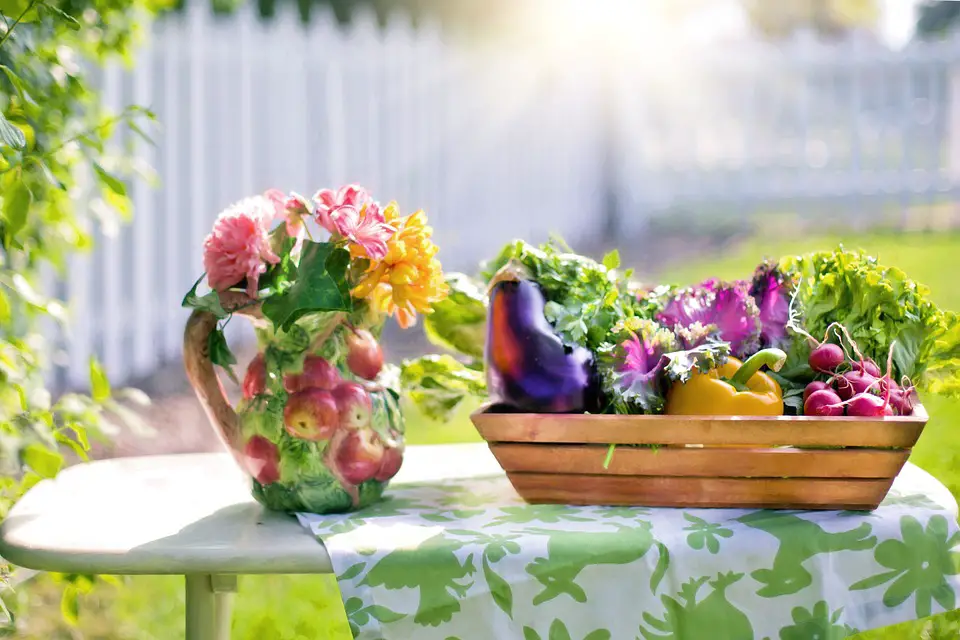Organic gardening is a sustainable practice that relies on natural methods to grow healthy plants without the use of synthetic chemicals. One key strategy for success in organic gardening is crop rotation. Crop rotation is the practice of planting different crops in a specific sequence in the same area of the garden each year. This technique has been used for centuries by farmers to improve soil health, prevent disease and pest infestations, and increase crop yields.
By rotating crops, gardeners can replenish the soil with essential nutrients, disrupt the life cycles of pests and diseases, and reduce the risk of soil-borne pathogens building up in the garden. Crop rotation also helps to maintain a balanced ecosystem in the garden, promoting beneficial insects and microorganisms that can help control pest populations naturally.
The Benefits of Crop Rotation
1. Improved Soil Health: Different crops have different nutrient requirements, and by rotating crops, gardeners can prevent depletion of specific nutrients from the soil.
2. Pest and Disease Control: Rotating crops can help break the life cycles of pests and diseases that target specific plant families, reducing the need for chemical pesticides.
3. Weed Suppression: Certain crops, such as cover crops, can help suppress weed growth when rotated with cash crops.
How to Implement Crop Rotation
There are several methods for implementing crop rotation in your garden. One common approach is to divide your garden into different sections and rotate crops within each section each year. Another method is to follow a specific rotation plan, such as the traditional three-year rotation of root vegetables, legumes, and leafy greens.
Example Crop Rotation Plan
| Year | Section 1 | Section 2 | Section 3 |
|---|---|---|---|
| 1 | Root Vegetables | Legumes | Leafy Greens |
| 2 | Legumes | Leafy Greens | Root Vegetables |
| 3 | Leafy Greens | Root Vegetables | Legumes |
Frequently Asked Questions
1. How often should I rotate my crops?
It is recommended to rotate crops annually to avoid nutrient depletion and reduce the risk of pests and diseases.
2. What crops should I rotate together?
Crops should be rotated based on their plant families to disrupt the life cycles of pests and diseases that target specific groups of plants.
3. Can I create my own crop rotation plan?
Yes, you can create a custom crop rotation plan based on the specific crops you grow and the needs of your garden.
4. What crops are good for improving soil health?
Cover crops such as legumes and grasses are excellent choices for improving soil health and adding organic matter to the soil.
5. How can I prevent weeds when rotating crops?
Planting cover crops or using mulch can help suppress weed growth when rotating crops in the garden.
6. Can crop rotation help reduce the need for pesticides?
Yes, crop rotation can help reduce the need for chemical pesticides by disrupting the life cycles of pests and diseases.
7. How can I keep track of my crop rotation plan?
You can create a garden journal or use a planting calendar to keep track of your crop rotation plan and ensure you follow it each year.
8. Should I rotate crops in a small backyard garden?
Even in a small garden, crop rotation can provide significant benefits in improving soil health, controlling pests, and increasing crop yields.
9. Can I still rotate crops in a raised bed garden?
Yes, crop rotation can be implemented in raised bed gardens by dividing the bed into sections and rotating crops within each section each year.
10. Are there any disadvantages to crop rotation?
While crop rotation has many benefits, it can be challenging to implement in small or irregularly shaped gardens and may require careful planning and organization.
Conclusion
Crop rotation is a vital strategy for success in organic gardening, providing numerous benefits for soil health, pest and disease control, and overall garden productivity. By following a crop rotation plan and implementing best practices for organic gardening, gardeners can create a sustainable and thriving garden ecosystem that produces healthy, nutritious crops year after year.
